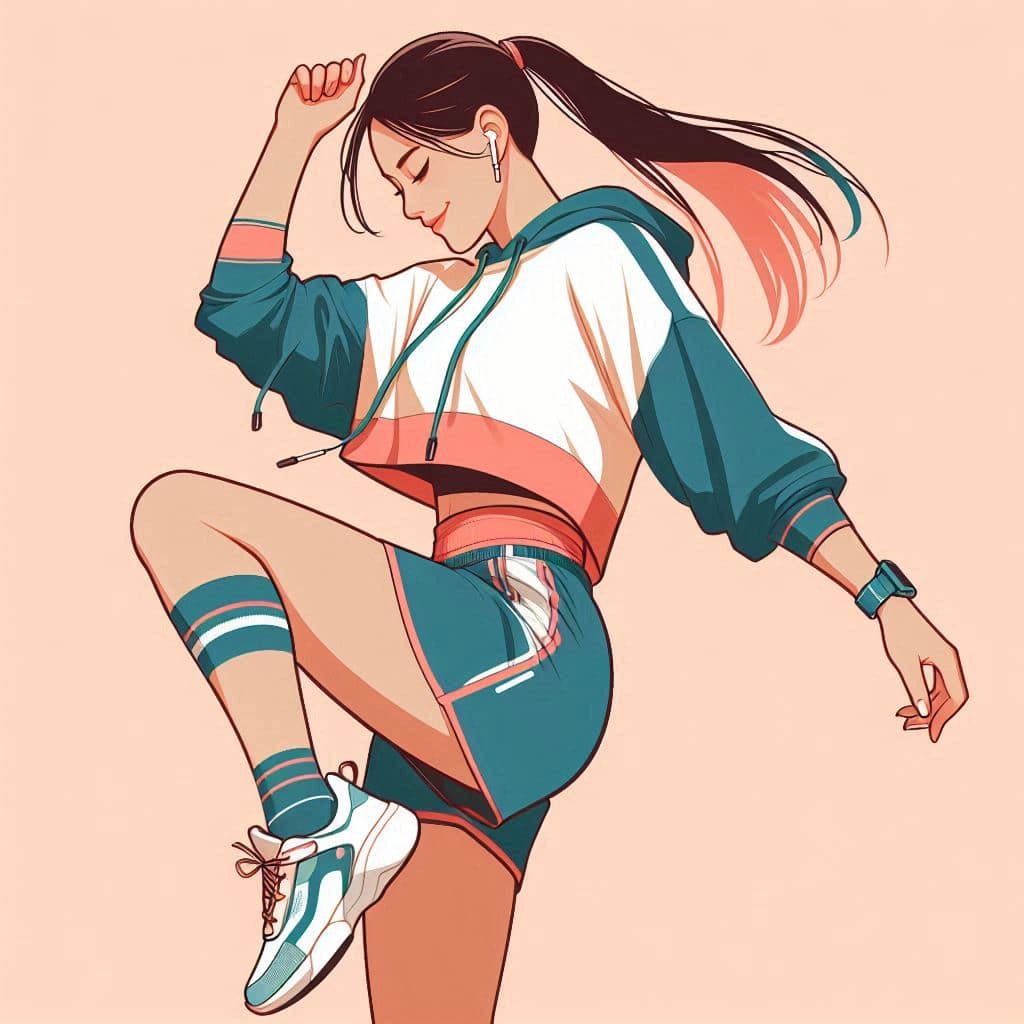My View on Strength and Self-Love
How I unlearned shame, redefined strength, and started dancing again

My Old Opinion of Gym Women
I used to think gym women were vain. I said it casually—laughing at workout selfies, scoffing at tight leggings, protein shakes, and dedication to fitness. I wasn’t athletic in school—I was the creative, the thinker, too “deep” to care about muscles or calorie counts.
In my mind, gym goers were all about sculpted bodies and endless treadmill runs—people obsessed with appearance, trapped by societal pressures to be smaller, more desirable, perfect. I thought I was rejecting that toxicity. What I didn’t realize was I was rejecting my own desire for strength and movement.
Shame Wearing Workout Clothes
My judgments weren’t really about those women at the gym. They were about the shame I carried, rooted in stories about what women “should” do with their energy and bodies.
Caring about appearance? Shallow. Wanting strength? Unfeminine. Taking time for yourself? Selfish. So I stayed sidelined—from gym workouts, dance classes, and even from owning my physical space. I told myself I was too serious for the gym life.
Yet beneath it all, I wanted in. I wanted to move my body. I wanted to feel powerful. I wanted to dance. I just didn’t know if it was okay.
Finding Freedom in the Gym Community
Everything shifted when I found gym spaces that felt safe, led by women, free from judgment. There, no one measured my form or sized me up. We simply moved—stretching, laughing, dancing like no one was watching.
For the first time, I worked with my body—not against it—not to punish, shrink, or control, but to celebrate its strength and spirit. I began to see strength differently: not about how we look, but about feeling comfortable in our skin. About owning space—physically and emotionally—without apology.
A New View of Strength in Gym Women
Now, when I see women in the gym or on a run, I admire them. I understand the courage it takes to carve out gym time in busy lives that often demand putting others first.
Strength isn’t vanity. It’s rebellion, self-respect, and joy.
I’m not a fitness influencer or gym fanatic. I simply move my body—dancing, stretching, sweating without shame. Most importantly, I listen to my body’s needs, not society’s expectations.
The Quiet Revolution of Gym Women
There’s a quiet revolution unfolding in gyms, studios, and living rooms worldwide—women showing up not to impress but to feel alive. To reclaim their bodies in every shape. To unlearn decades of shame and make movement sacred again.
This isn’t about abs or aesthetics—it’s about liberation.
If you’ve ever stood outside the gym, thinking, “I’m not one of those women,” maybe you are. Maybe you always have been. And maybe now is the time to step inside—not to change your body, but to come home to it.



